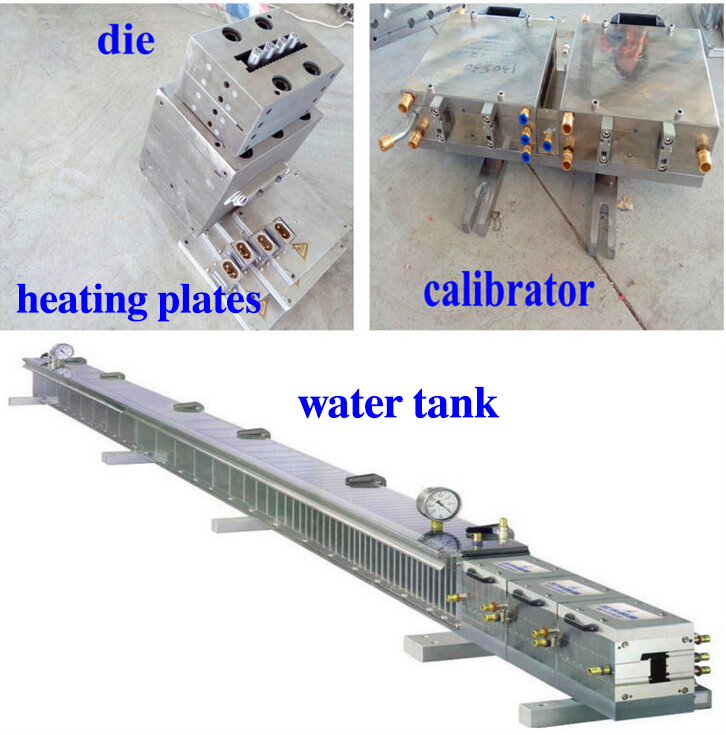<b id="09cby"><menuitem id="09cby"></menuitem></b>
<b id="09cby"></b>
Add: 21-2#, Xinggang Road, Huangshigang Industrial Zone, Huangshi City, Hubei Province
Tel: 0086-13597667790
Contact: Kate Yan
E-mail: kate@www.fortlauderdaletowingservicenearme.com
Website: www.www.fortlauderdaletowingservicenearme.com
Details

The extrusion process is quite flexible and allows for a range of profile shape designs. In order to achieve consistent results from run to run, however, consideration must be given to wall thickness, corner radii, hollows and sink marks. Tooling design is dependent on the profile shape, the attributes of the chosen material, as well as the anticipated quantity produced during any potential production run.
Wall Thickness
Likely the most important aspect of a successful extrusion design is the shape’s wall thickness. For optimum results, a uniform or balanced wall thickness provides numerous benefits including, lower costs (both tooling and part price), improved quality, better surface finish, the ability to accommodate more complex profile features, and a wider selection of materials.
Unbalanced wall thicknesses result in thin and thick profile sections which cause variations in the way a material flows through the tooling. Since the thinner sections will cool faster than their thicker counterparts, these circumstances will result in warping or bowing to the heavier side of the profile. In order to minimize these effects (not eliminate), elements in the tooling are needed to compensate for these circumstances. Materials with lower melt viscosities, making them more fluid when exiting the tooling, are much more difficult to control with unbalanced walls. The unpredictable nature of the resulting hot/cool material flows make modeling these outcomes more difficult and thus, unbalanced walls require more tooling complexity, time and cost.
Balanced or uniform wall thicknesses, on the other hand, allow for better outcomes from both a processing and a cost perspective. Such profiles allow for more design complexity to the overall shape. In addition, more material options are available to shapes that incorporate uniform wall thicknesses.
Information
<b id="09cby"><menuitem id="09cby"></menuitem></b>
<b id="09cby"></b>